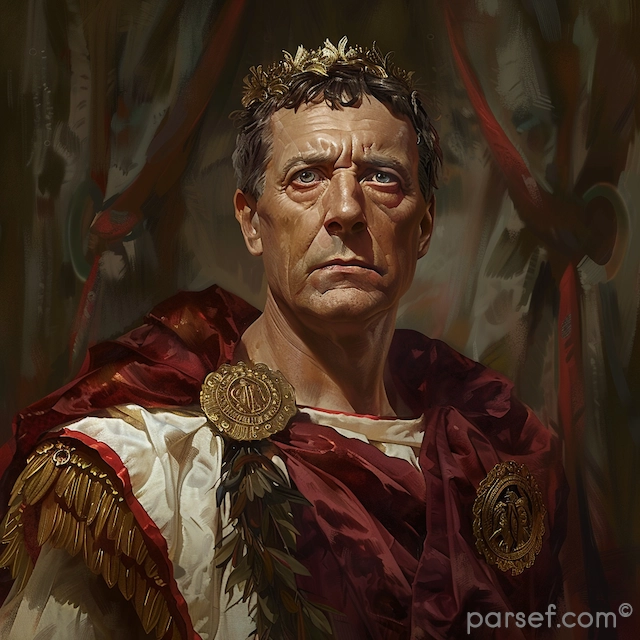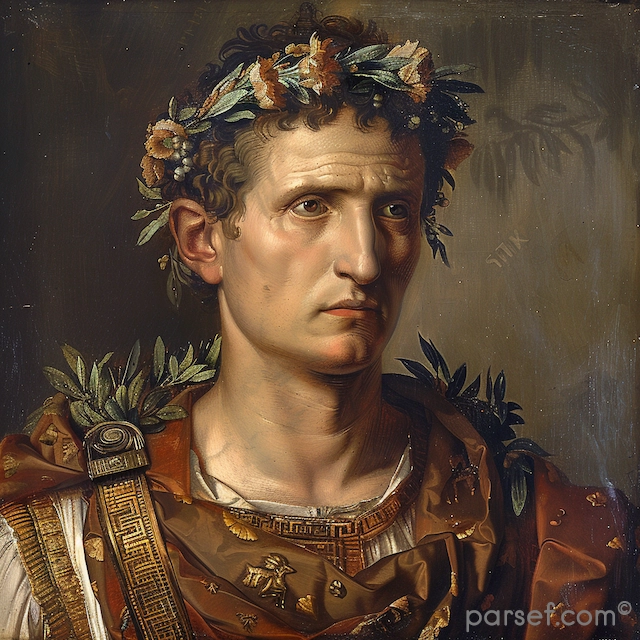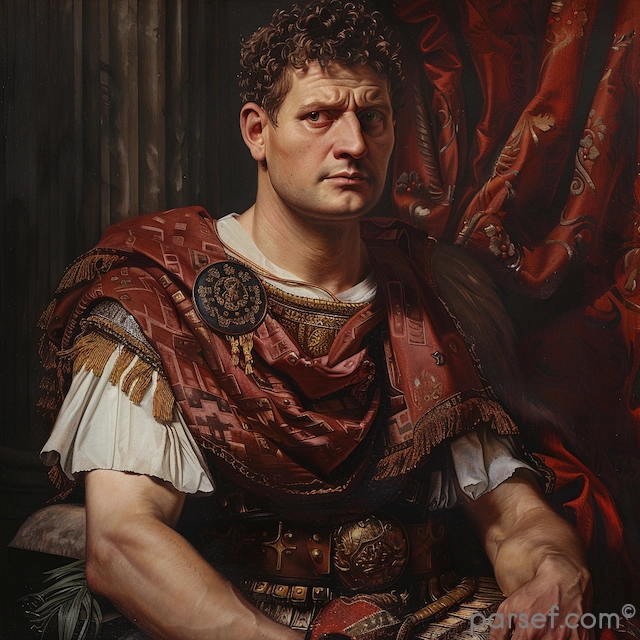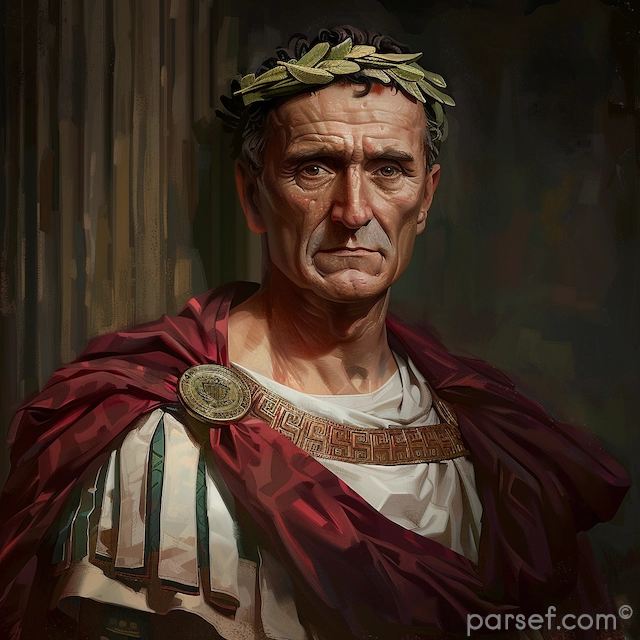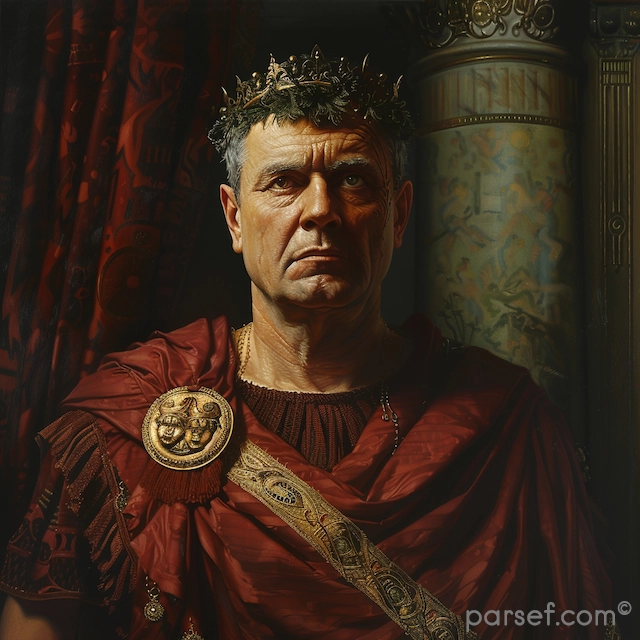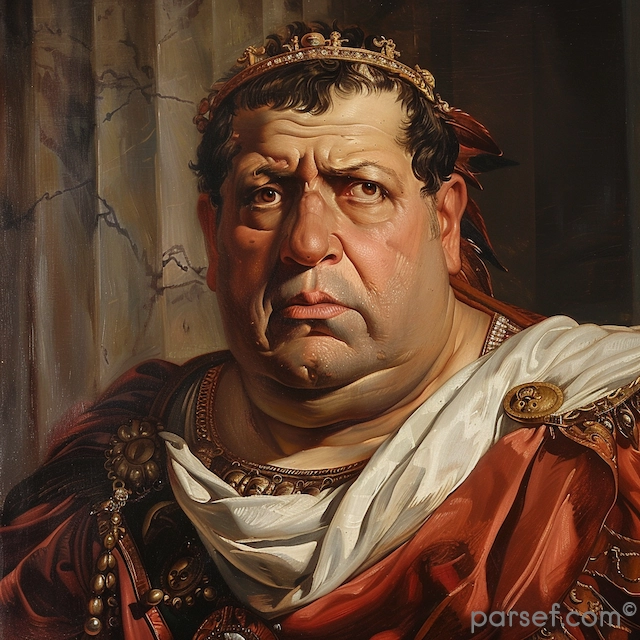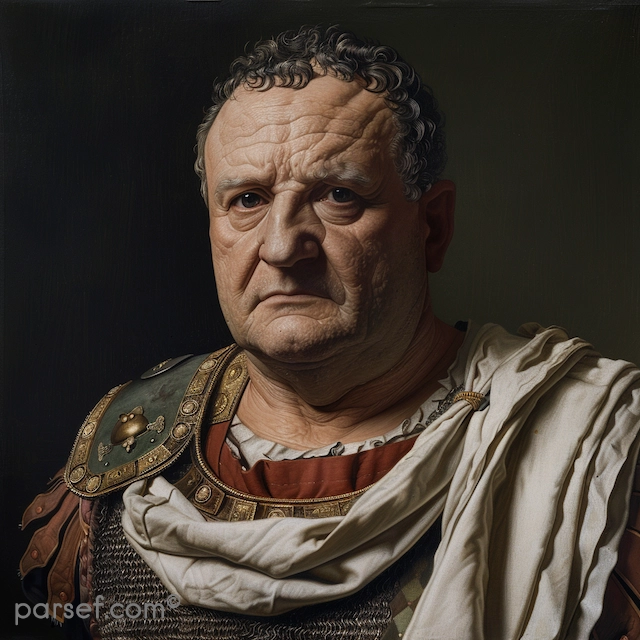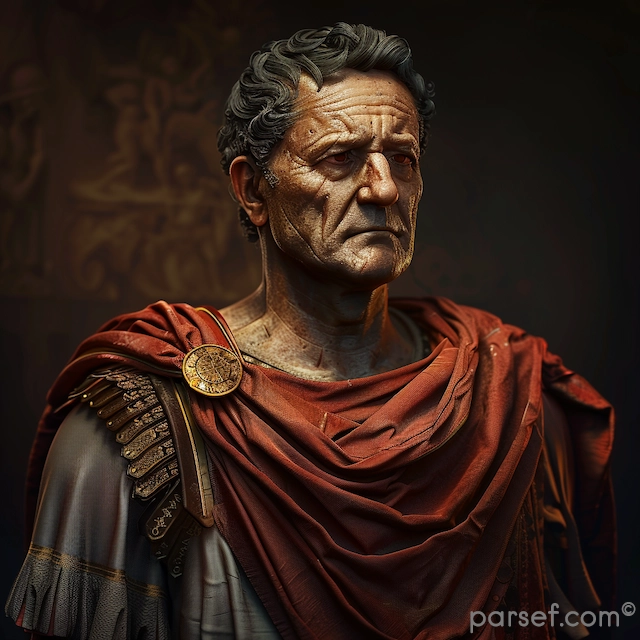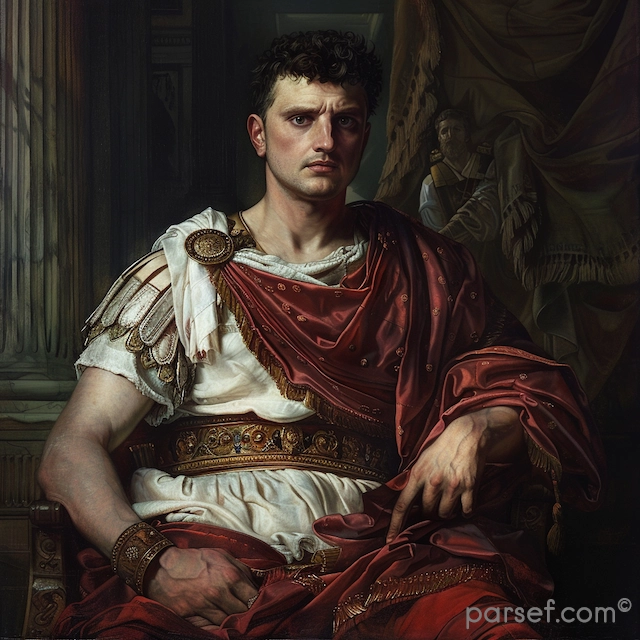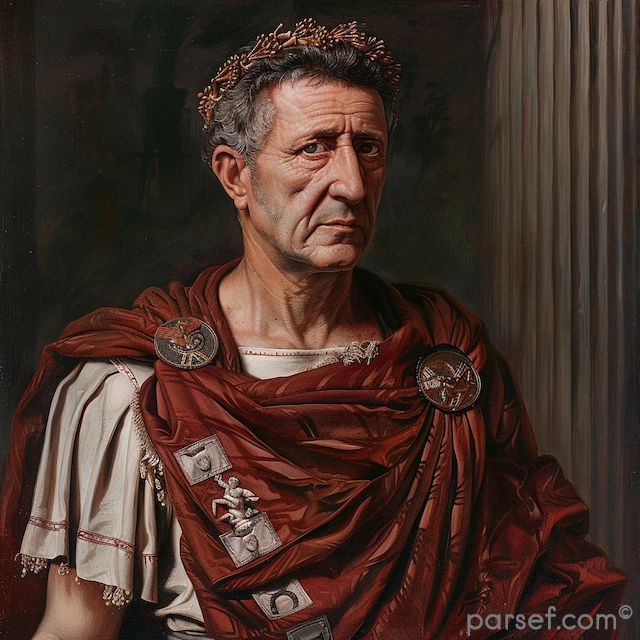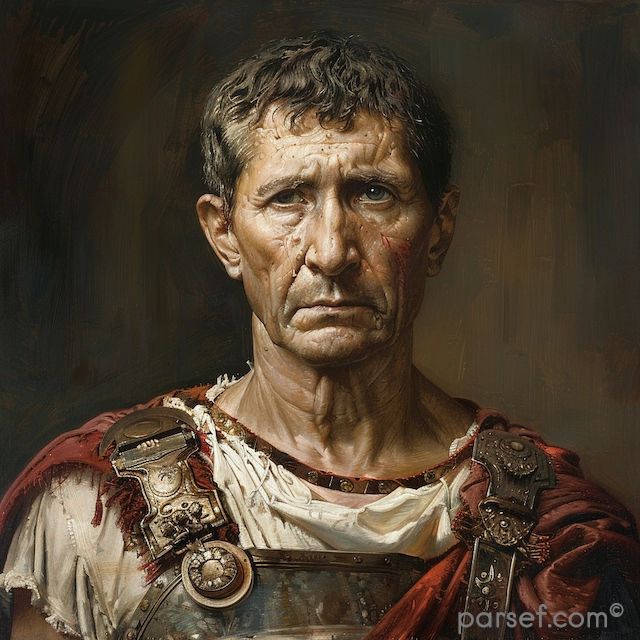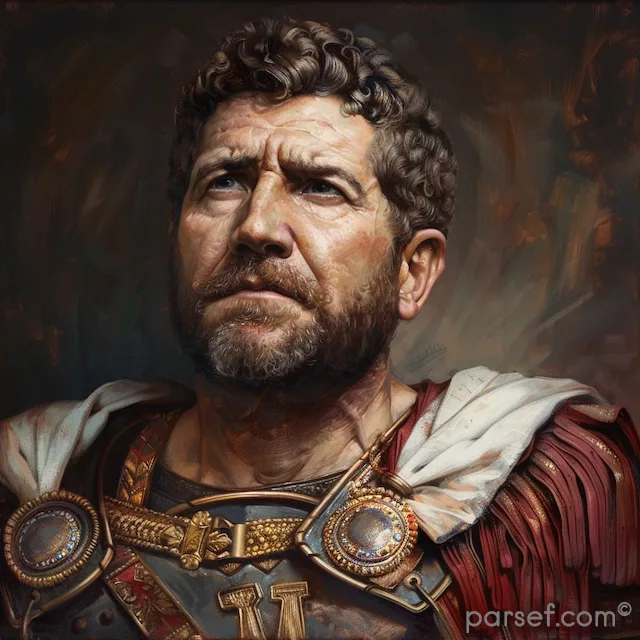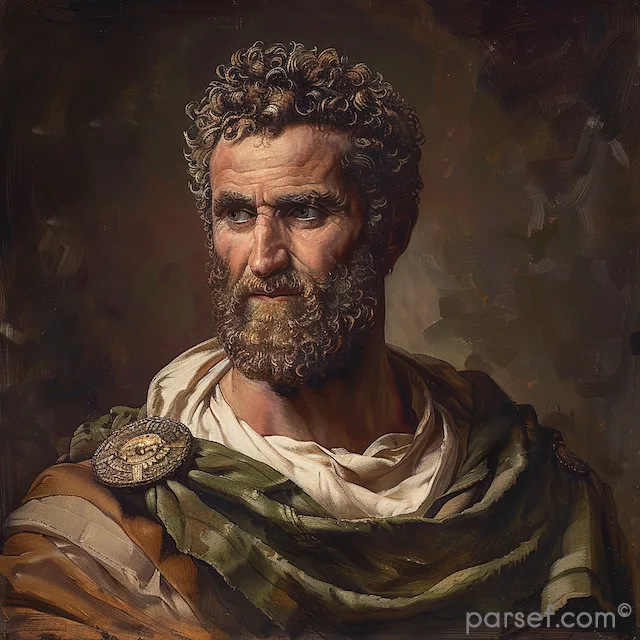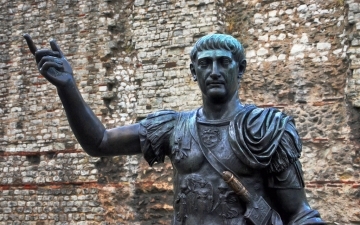Ramoth-Gilead: The Ancient Stronghold of Israel
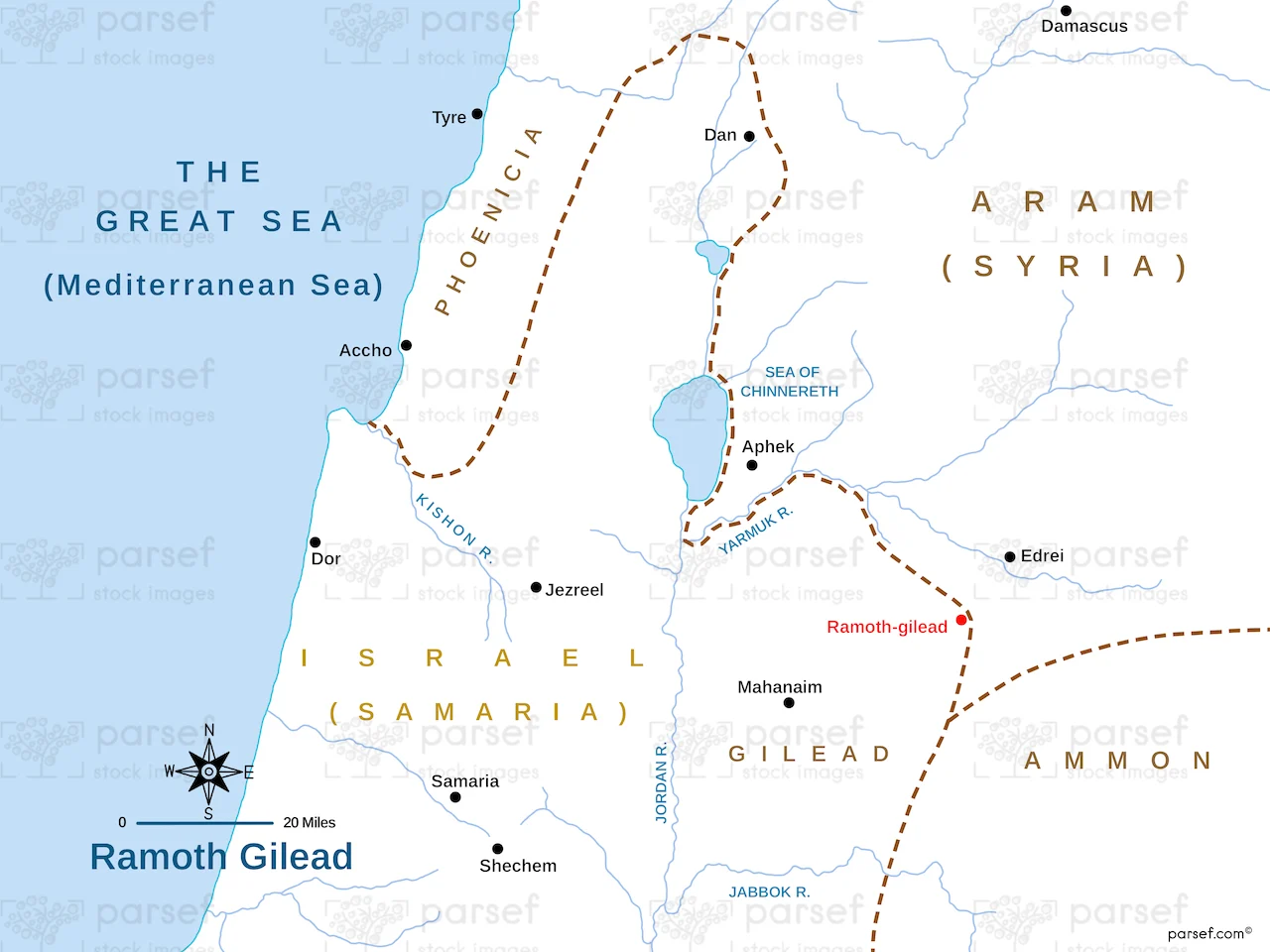
Ramoth-Gilead, an ancient city of great biblical and historical significance, was a major stronghold located in the region of Gilead, east of the Jordan River. The city, often mentioned in the Old Testament, played a crucial role in the territorial struggles between Israel and its neighboring nations. Today, the exact location of Ramoth-Gilead remains debated, but most scholars associate it with modern Tell er-Rumeith or a nearby site in present-day Jordan. If one looks at a Ramoth-Gilead map, it would place the city strategically in the mountainous region of Gilead, providing a vantage point for military and trade purposes.
Ramoth-Gilead in the Bible
Ramoth-Gilead appears several times in the Old Testament, particularly in the books of Deuteronomy, Joshua, 1 Kings, and 2 Chronicles. It was one of the cities designated as a City of Refuge (Joshua 20:8), where those who had accidentally committed manslaughter could flee for protection until a fair trial was conducted.
The city was also a Levitical city (Joshua 21:38), assigned to the tribe of Gad and given to the Levites, who were responsible for religious duties and temple service. Being one of the six cities of refuge, it had a special status within Israelite society.
The Battles for Ramoth-Gilead
Due to its strategic location, Ramoth-Gilead became a contested site between Israel and Aram (modern Syria). Several key battles were fought over control of this fortress.
1. The Battle of King Ahab (1 Kings 22)
One of the most famous events associated with Ramoth-Gilead is the battle involving King Ahab of Israel. In 1 Kings 22, Ahab, in alliance with Jehoshaphat, king of Judah, sought to reclaim Ramoth-Gilead from the Arameans. The prophet Micaiah warned Ahab against going to battle, predicting his demise. However, Ahab ignored the prophecy and disguised himself to avoid being targeted. Despite his efforts, he was struck by an arrow and later died, fulfilling Micaiah’s prophecy.
2. Jehu’s Revolt and the Death of Joram (2 Kings 9)
Ramoth-Gilead also played a pivotal role in the downfall of the Omride dynasty. In 2 Kings 9, Joram (Jehoram), king of Israel, was wounded in battle while defending Ramoth-Gilead against the Arameans. During this time, the prophet Elisha sent a young prophet to anoint Jehu as king of Israel at Ramoth-Gilead, setting off a revolution. Jehu then traveled to Jezreel, where he assassinated Joram, bringing an end to the dynasty of Ahab.
Historical and Archaeological Evidence
While no definitive archaeological evidence confirms the precise location of Ramoth-Gilead, scholars suggest it was situated in northern Gilead, likely near modern Tell er-Rumeith or Umm Qais (Gadara). Excavations in these areas have uncovered remnants of ancient fortifications, pottery, and inscriptions that suggest a history of warfare and settlement in the region.
The Mesha Stele, an ancient Moabite inscription dating to the 9th century BCE, mentions conflicts between Moab and Israel in Gilead, further confirming the region’s importance in biblical times.
Ramoth-Gilead’s Role in Trade and Military Strategy
Beyond its military significance, Ramoth-Gilead was a key trade hub along ancient caravan routes connecting Israel, Aram (Syria), and Mesopotamia. Its high elevation allowed it to serve as a fortified outpost, protecting the eastern frontier of Israel from invasions. Control over Ramoth-Gilead meant dominance over valuable trade routes and access to vital resources.
Ramoth-Gilead remains one of the most historically and biblically significant cities of ancient Israel. From its designation as a City of Refuge to its role in the political and military conflicts of Israel and Aram, it has been a focal point of biblical narratives and historical battles. While its exact location is still debated, its impact on the history of the ancient Near East is undeniable.
Related Posts
Trajan: Expanding the Roman Empire to Its Zenith
The Roman Empire, at its zenith, was a sprawling realm that stretched from Britannia in the north to Egypt in the south, and from Hispania in the west to Mesopotamia in the east. Among the emperors who played a pivotal role in this expansion and solidified Rome's dominance was Trajan....
Read MoreRamoth-Gilead: The Ancient Stronghold of Israel
Ramoth-Gilead, an ancient city of great biblical and historical significance, was a major stronghold located in the region of Gilead, east of the Jordan River. The city, often mentioned in the Old Testament, played a crucial role in the territorial struggles between Israel and its neighboring nations. Today, the exact...
Read MoreDidius Julianus: The Emperor Who Bought the Roman Empire
The year 193 AD was a tumultuous one for Rome. The assassination of the capable Pertinax plunged the empire into a crisis of leadership. The Praetorian Guard, the elite imperial bodyguards, found themselves without a master and, true to their corrupt nature, decided to auction off the imperial throne. In...
Read MoreCreating a Welcoming Worship Space: Tips for Choosing Inclusive Church Chairs
An inviting and inclusive church environment is paramount for fostering a strong sense of community and belonging. While theological beliefs and welcoming greetings are essential, the physical space itself also plays a significant role. One often-overlooked element that can significantly impact inclusivity is your church seating. This post dives...
Read MoreDomitian: The Last of the Flavian Emperors and His Reign of Terror
In the annals of Roman history, the reign of Domitian, the youngest son of Vespasian and the last of the Flavian emperors, is often remembered as a time of tyranny, repression, and political intrigue. Domitian's rule, which lasted from 81 to 96 CE, stands in stark contrast to the relative...
Read MoreLeadership and Planning Skills That Help with Moving
Relocating to a new home or city can be one of life's most stressful events. It involves juggling logistics, coordinating multiple people, and making critical decisions, all while managing the emotional toll of change. But if you approach your move with strong leadership and effective planning skills, the process becomes...
Read More